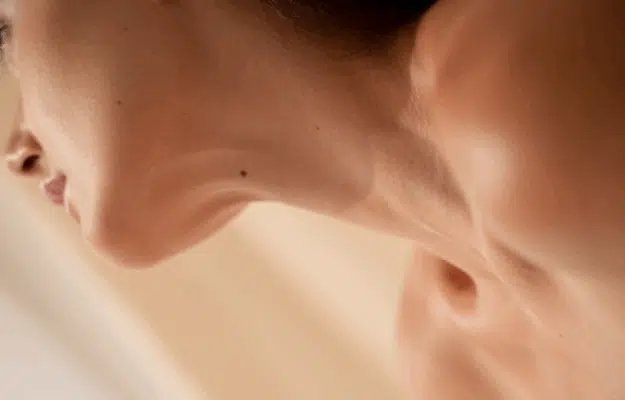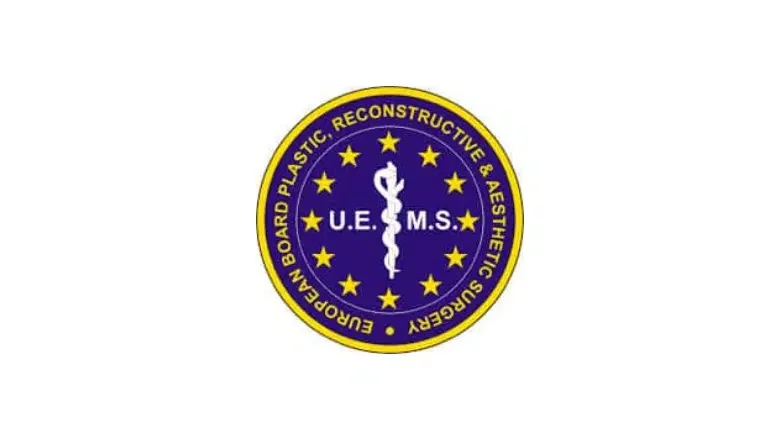Eyelid surgery is also known as blepharoplasty, and is designed to correct saggy eyelids. Eyelid lift surgery most commonly involves removing excess skin from the upper eyelids or lower eyelids to help improve the appearance of sagging eyelids and puffy eyes. Recovery after eyelid surgery is known to be relatively smooth and quick, although many patients often ask us when they can resume exercise after eyelid surgery.
RELATED: Is eyelid surgery worth it?
Patients have different levels of fitness, with many patients being committed fitness enthusiasts with daily gym workouts. Eyelid surgery requires patience to refrain from strenuous physical activity to allow the tissues to heal without an increased risk of complications. Undertaking exercise too soon may affect the results of surgery. Resuming exercise should be undertaken in a graded stepwise manner. Doing too much too soon may increase the risk of wound complications, leading to excessive scarring.
Our plastic surgeons at Centre for Surgery in London are renowned for their years of experience in blepharoplasty surgery. They are acknowledged as some of the foremost experts in eyelid surgery in the UK.
RELATED: Eyelid Surgery FAQs – Q&A about Blepharoplasty
What to expect during recovery after eyelid surgery
Healing progresses at different rates depending on the individual patient, although several aspects are common to all types of eyelid surgery recovery. Always listen to your body and avoid doing too much too soon. It is vital to follow your surgeon’s postoperative care instructions in full.
RELATED: How to reduce Bruising and Swelling after Eyelid Surgery
Day one after blepharoplasty
Your surgeon may wish to review you in person on the day after eyelid surgery. You may appear swollen and bruised 24 hours after surgery. Many patients opt for a soft diet for the first few days after surgery, with the resumption of a normal diet approximately three days later. Bruising, swelling and mild discomfort are to be expected after eyelid surgery. The surgery is not associated with significant amounts of pain. Paracetamol can be taken for mild discomfort, and you should avoid non-steroidal anti-inflammatory drugs as they can increase the risk of bruising and swelling. You may safely shower or have a bath one day after surgery. It is common to feel tired after surgery. We recommend keeping mobile around the home to help promote healthy blood circulation and minimise the risk of blood clots. Heavy weight lifting or vigorous exercise should be avoided during the first week. People who have a desk-based job may return to this after three days.
One week after eyelid surgery
Bruising will begin to improve one week after surgery, although you may still experience a certain amount of swelling. You will start noticing bruising and swelling settling down, and it is essential to take the antibiotic ointment as your surgeon directs. Most people can carry out light forms of exercise after one week, although you should avoid doing long workouts so soon after surgery. Consult with your surgeon if you doubt which exercise you can safely undertake. Generally, light cardiovascular exercise is permissible after week one of eyelid surgery. Bruising and swelling are common side effects of eyelid surgery and will improve without active treatment. Your doctor may recommend taking arnica tablets to help speed up the disappearance of bruising. Showering and bathing can be undertaken without restriction. Exercise can be gently increased in intensity, with workouts lasting no more than 30 minutes. You should avoid lifting weights and intense cardiovascular exercise until three weeks after surgery. You may safely wear contact lenses after two weeks.
One month after eyelid surgery
Most people will begin to notice the final results of eyelid surgery, provided they have followed all of the surgeon’s postoperative instructions. Virtually all patients will be back to their normal activities, including going to the gym. While most types of exercises can be undertaken, you should take it easy to begin with. If you experience any excessive pain or discomfort, you should stop immediately and consult with your surgeon. Always listen to your body and try not to overdo it.
RELATED: How long is blepharoplasty recovery?
What types of physical exercise can be carried out safely after blepharoplasty?
The following exercises are recommended for patients who would like to keep active after blepharoplasty surgery.
Walking
Walking is considered one of the best types of exercise after a blepharoplasty. It improves blood circulation, which helps to minimise the risk of blood clots and speed up recovery. You should start slowly and carefully and build up gradually over the first three weeks.
Cycling
Patients can return to cycling after two weeks, including stationary bikes and road bikes. You should avoid excessive inclines and long sessions if you feel excessively tired. Take plenty of breaks and avoid excessive exertion.
Low-intensity cardio
Several low-intensity cardiovascular exercises can be safely undertaken approximately two weeks after surgery, although you should avoid exercises that elevate your heart rate excessively. Always listen to your body, start building up gradually, and get plenty of rest.
Yoga and Pilates
Yoga and Pilates can be restarted after four weeks and are excellent forms of exercise after blepharoplasty as they do not involve lifting weights. Consult with your surgeon if you doubt which types of exercise can be undertaken after eyelid surgery.
Top tips for eyelid surgery recovery
Additional tips to help you get the best blepharoplasty recovery include:
- Use cold packs to reduce bruising and swelling after eyelid surgery. Avoid applying for more than 15 minutes at a time.
- Eat a healthy and nutritious diet with plenty of vegetables, fruit and lean protein.
- Avoid sleeping on your front, and try to sleep propped up on a couple of pillows to minimise swelling.
- Keep well hydrated by drinking plenty of water.
- If you go outside, wear dark sunglasses to protect the incisions from the harmful effects of UV radiation.
- Avoid smoking for at least four weeks before and after surgery.
- Do not take aspirin or non-steroidal anti-inflammatory drugs.
RELATED: Eyelid surgery recovery – top tips
Exercise after eyelid surgery FAQs
How long does it take for the final results to appear after eyelid surgery?
Once bruising and swelling have disappeared, the final results of eyelid surgery take approximately 6 to 8 weeks to develop.
When can I go for a walk after blepharoplasty?
Gentle walks of no more than 30 minutes can be carried out the day after surgery, helping to promote quicker healing.
When can I start working out after eyelid surgery?
You should avoid high-intensity exercises, including lifting heavy weights, for at least two weeks after surgery. You should also avoid swimming, steam rooms, and saunas for a minimum of three weeks. Most patients can return to their normal exercise routine between four and six weeks after eyelid surgery.
How soon after a blepharoplasty surgery can I fly?
Long-haul flights should be avoided for at least four weeks after a blepharoplasty as it takes at least two weeks for the eyelid incisions to heal. Two weeks is sufficient time before short distance flights can be undertaken.
When can I return to my regular exercise routine after eyelift surgery?
Most patients can return to their normal exercise routine approximately 4 to 6 weeks after blepharoplasty surgery, although healing and recovery differ between patients. Consult with your surgeon if you are unsure.
Book an eyelid surgery consultation at Centre for Surgery
If you have been considering eyelid surgery, contact us today at 020 7993 4849 or complete the contact form below to schedule an in-depth eyelid surgery consultation at our state-of-the-art Baker Street clinic in Marylebone. Centre for Surgery is considered to be the leading cosmetic surgery clinic in the UK, and our surgeons have many years of experience in performing all types of eyelid surgery, including upper and lower blepharoplasty surgery. Our expert team of patient coordinators are dedicated to acting as your personal point of contact throughout your journey with us at Centre for Surgery.










